Beyond Cholesterol: 14 Ways to Lower Triglycerides

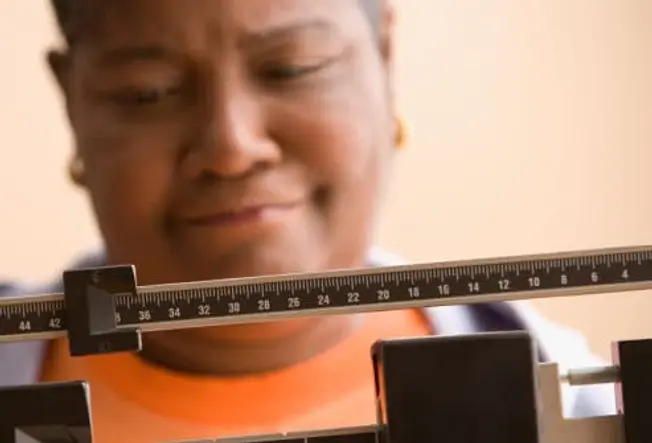
When Triglycerides Inch Up
Maybe you've put on a few extra pounds. Now your yearly blood work comes back showing high triglycerides. These fats are an important source of energy in your body, but at high levels they can hurt your heart. Like cholesterol, triglyceride troubles can lead to clogged arteries and possibly to a heart attack or stroke. Luckily, there are many ways to lower your triglycerides.

Why Triglycerides Matter
High triglycerides can be part of an unhealthy condition called metabolic syndrome. Other parts of this illness can include:
- Low HDL "good" cholesterol
- High blood pressure
- Belly fat
- High blood sugar
Metabolic syndrome greatly increases your chances of developing heart disease, stroke, and diabetes.
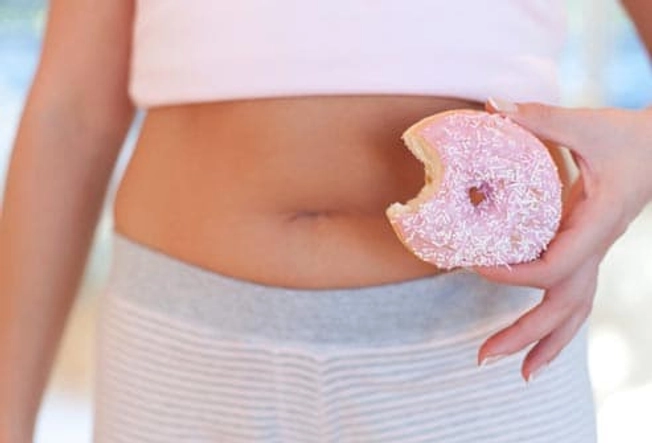
Look at How You Eat
That creamy latte, grilled cheese sandwich, or scoop of ice cream before bed can all lead to high triglycerides. If you often eat more calories than you burn - like many of us do - your triglycerides may start to inch up. The worst offenders are sugary foods and foods high in saturated fat, like cheese, whole milk, and red meat.
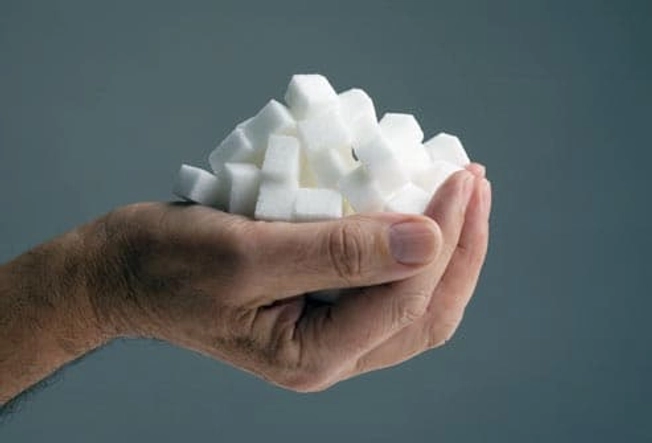
Say No to Sugar
If you have high triglycerides, get your sweet tooth in check. Simple sugars, especially fructose (a sugar often found in fruit), raise triglycerides. Watch out for foods made with added sugar, including soda, baked goodies, candy, most breakfast cereals, flavored yogurt, and ice cream.
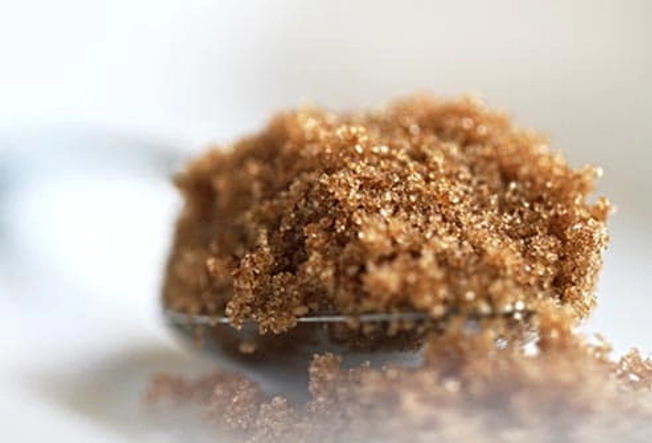
Uncover Hidden Sugar
Learn to spot added sugars on food labels. Words to look for include brown sugar, corn syrup, words ending in "ose" (dextrose, fructose, glucose, lactose, maltose, sucrose), fruit juice concentrates, cane syrup, cane sugar, honey, malt sugar, molasses, and raw sugar.

Focus on Fiber
Swap out foods made with refined white flour, and bring on the whole grains. You'll eat more fiber, which helps lower your triglycerides. For breakfast, have a bowl of steel-cut oats with berries instead of a bagel or sweet cereal. At lunchtime, try a salad loaded with veggies and garbanzo beans. Choose brown rice or quinoa at dinner instead of potatoes or pasta.
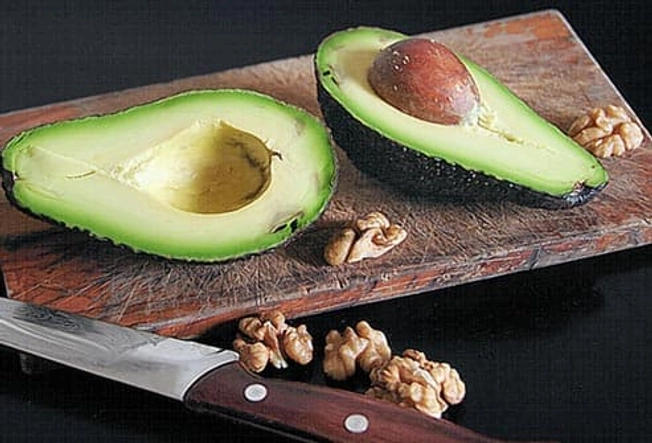
Eat the Right Fat
A little fat is good for you, when it's the healthy kind. Choose foods that naturally contain mono- and polyunsaturated fats: avocados, walnuts, chicken without the skin, canola oil, and olive oil. Avoid trans fats, which are found in many processed foods, French fries, crackers, cakes, chips, and stick margarine. Don't eat much saturated fat, found in red meat, ice cream, cheese, and buttery baked goods.
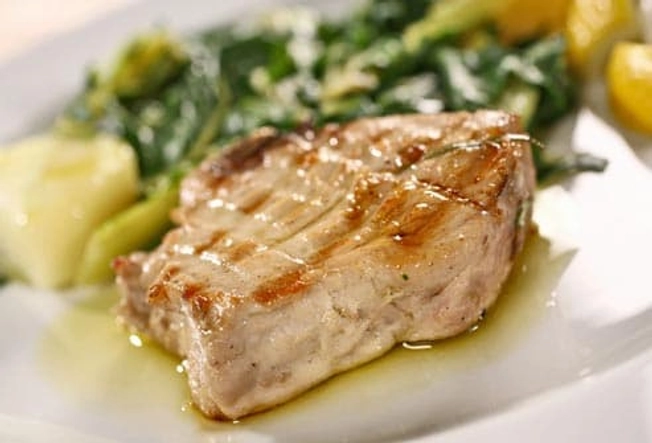
Choose Fish Instead of Red Meat
The same omega-3 fats that are good for your heart can help lower your triglycerides, too. Next time you eat out, get the fish instead of a burger or steak. Eat fish at least twice a week. Salmon, mackerel, herring, lake trout, albacore tuna, and sardines are all high in omega-3s.
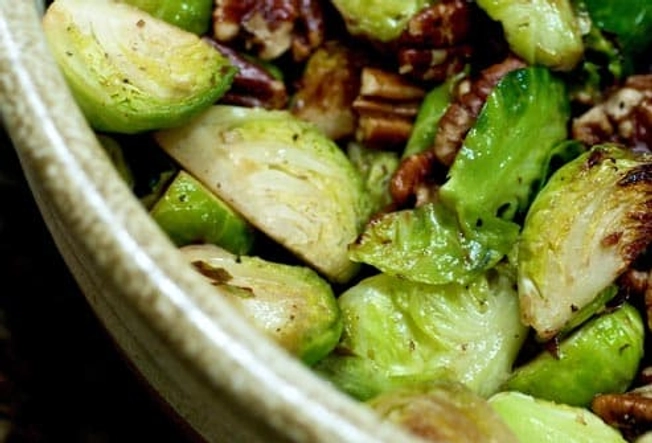
Eat Your Nuts and Greens
Other good sources of omega-3s:
- Walnuts
- Flaxseeds
- Spinach
- Kale
- Brussels sprouts
- Salad greens
- Beans
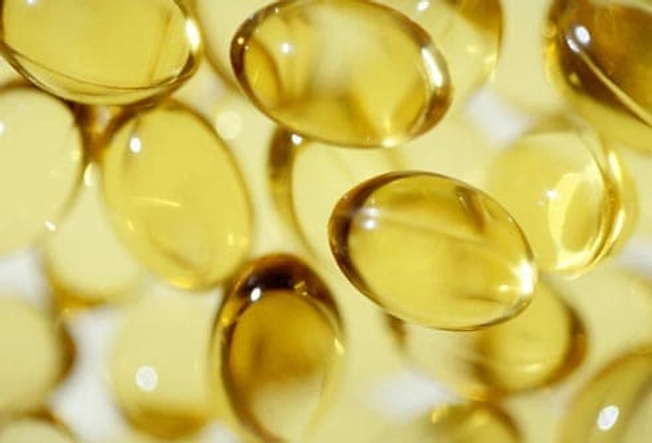
Do You Need an Omega-3 Supplement?
Ask your doctor. Capsules can give you a concentrated amount of omega-3s, but not everyone needs them. You may be able to lower triglycerides by making healthier choices in your life. And high doses of omega-3s can cause bleeding in some people. If your doctor says it's OK, look for capsules with EPA and DHA, two powerful types of omega-3.

Cut Back on Alcohol
Do you unwind with wine, beer, or a cocktail? Switch to sparkling water with a squeeze of lime juice. Or try a tangy herbal iced-tea blend that tastes great without added sugar. Excess drinking is one cause of high triglycerides. That means more than one drink a day for women and two drinks a day for men. For some people, even small amounts of alcohol can raise triglycerides.
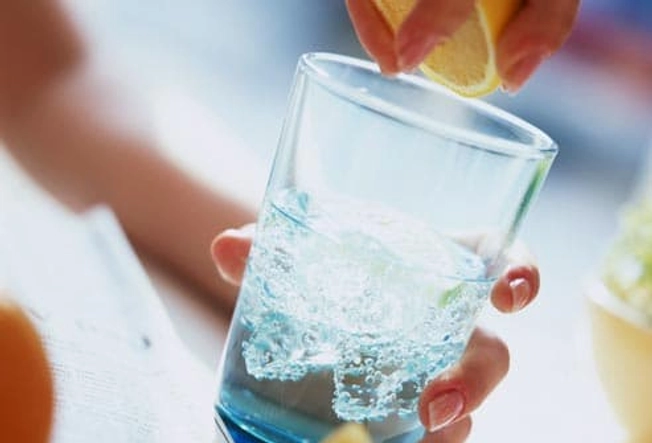
Skip the Sweet Drinks
One of the easiest things you can do to lower your triglycerides is to cut out sweetened drinks. Sodas and other sugary drinks are packed with fructose, a known offender when it comes to boosting triglycerides. Drink no more than 36 ounces of sweet sippers per week -- that means three 12-ounce cans of soda.
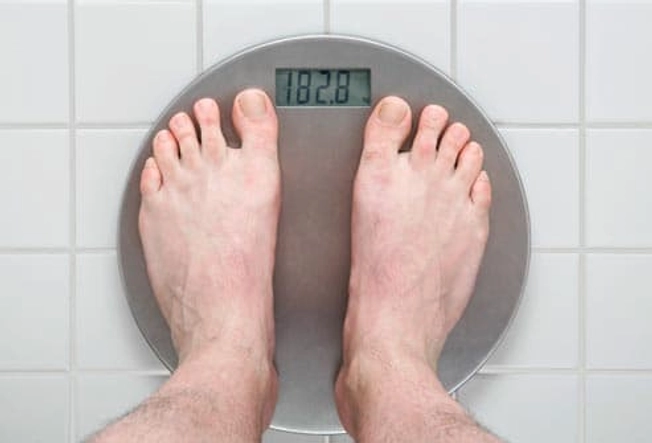
Lose Weight
Extra weight, particularly around your waist, raises triglycerides. One of the biggest things you can do to bring your levels down is to take it off. It doesn't have to be dramatic, either.
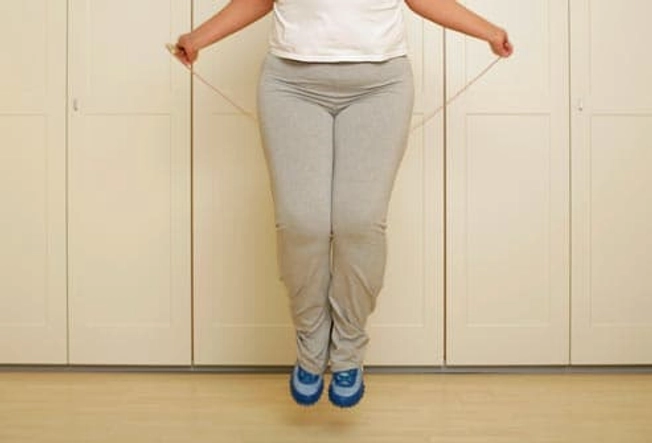
Get Moving
If you're carrying around a few extra pounds, starting regular workouts can get you in shape and lower your triglycerides at the same time. Aim for 30 minutes of exercise five days a week, and be sure to break a sweat and get your heart pumping. You can cut your triglycerides by 20% to 30%. If you're new to exercise, try a dance class, go for a swim, or take a brisk walk each day.

Get a Checkup
A simple blood test can spot high triglycerides. Your doctor may also look for related health problems. These include kidney disease, a slow thyroid gland, diabetes, and obesity. Here's how triglyceride test numbers stack up:
- Normal - Less than 150 mg/dL
- Borderline - 150-199 mg/dL
- High - 200-499 mg/dL
- Very high - 500mg/dL and up

When Habits Need a Helping Hand
If lifestyle changes haven't helped enough, your doctor may suggest adding a prescription medicine. Fibrates, niacin, statins, and high-dose fish oil are a few of the options. Your doctor will look at all your blood fats -- triglycerides and all types of cholesterol -- to decide the best way to protect your heart.